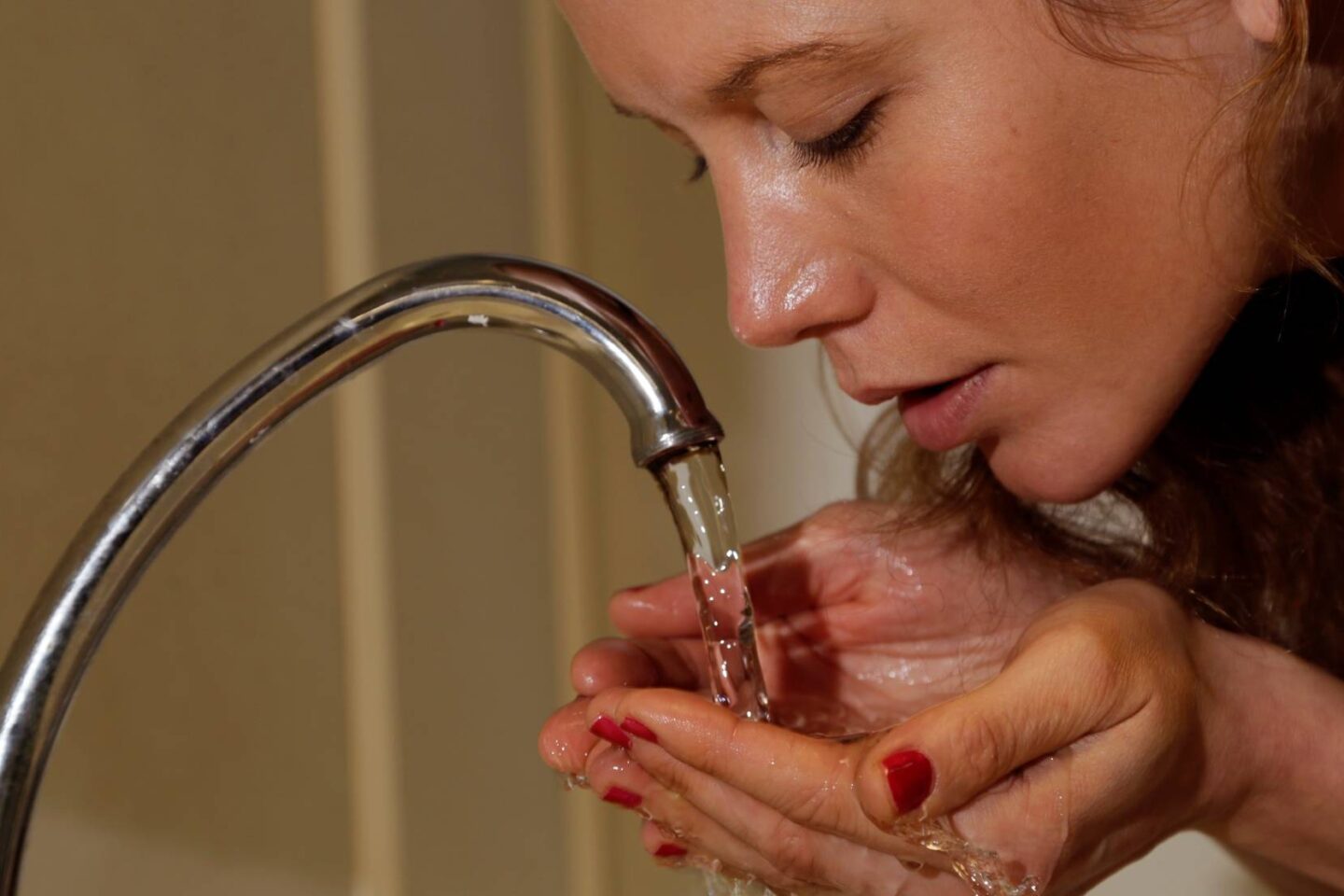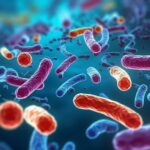Between 110,000 and 370,000 microparticles per liter of water swim in our plastic bottles. The same bottles which, sold under the name “natural mineral waters”, contain prohibited purifiers. Unveiled this week, the report from the General Inspection of Services (Igas) of July 2022 calls into question groups like Nestlé who admitted the facts. Enough to trouble consumers a little more, two thirds of whom (68%) hydrate with tap water, but say, at 48%, they prefer bottled water, according to a Kantar survey for the Water Information Center. From unknown pollution in the water tables to hidden defects by manufacturers, it is difficult to maintain confidence.
“Only 3% of water on the planet is drinkableFrançois Gemenne, co-author in 2023 of the sixth IPCC report on climate change, recently recalled in Marseille. After living in the illusion of abundance, we suddenly escape from naivety. The resource is rarer, its quality decreases, the issues and tensions are increasingly strong“.
A thousand times more expensive than that from the tap, bottled water is losing its credibility. “The cheating observed in addition to plastic pollution confirms the preference for tap water, which is healthierindicates Pierre Gottardi, pilot of the Water network at France Nature Environnement (FNE) in the region. Whether it comes from aquifers accompanying rivers, the Marseille canal or the Provence canal which has an outlet in the Verdon, 80 to 90% of the water in the Paca region is drinkable. It undergoes treatments with chlorine or filtration but above all, it is monitored like milk on fire.“.
Difficult analyzes
The daily samples taken by the Regional Health Agencies (ARS) on around sixty parameters are thus divided between bacteriological and physicochemical analyses. If bacteriology is controlled, causing only rare alerts on the network, like in Vitrolles last June, chemicals are more insidious. “We still know little about the nature of pollution.”, notes Jean-Raynald de Dreuzy, research director at the CNRS. “Research on ARS in water from catchments covers around 300 chemicals. But this is only a tenth of the molecules found thereemphasizes Pierre Gottardi. Many products degrade, transform and clump, creating new toxicities that are difficult to detect.“.
It took time before detecting in the rivers of Vaucluse and the Alps the lavandin product, capable of resisting more than two centuries in nature. “In Manosque the ARS came across a phytosanitary product that it would not have found six months earlier, because it did not have the protocols. And the water wasn’t usable“, points out the scientist. Without however “be alarmist. The ARS is very picky“.
To the point that she slams on the brakes as soon as we talk to her about reusing water for watering purposes. “Even if we do not close the door to experiments, it exposes the population to infectious risks, therefore to epidemics.“, explained Thomas Margeron, regional health and environment manager at the ARS, during a climate conference in Marseille in December. “What is certain, resumes Jean-Raynald de Dreuzy, is that technical solutions to make water drinkable all have collateral damage“.
In the water that flows from the tap, they are sometimes reduced to a small taste of chlorine which goes away when passed through a filter jug. It is better that the plastic microparticles which populate the bottles and of which we know little the repercussions for our health. But this does not guarantee complete purity.










